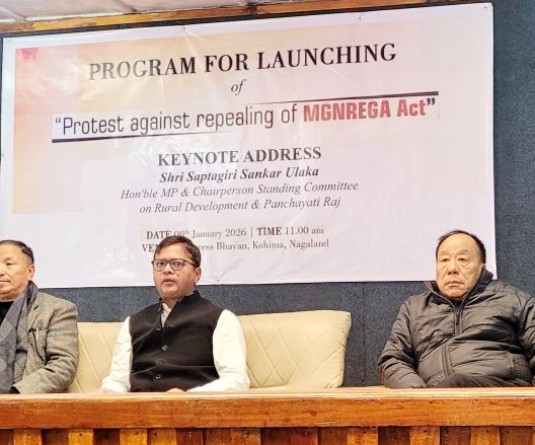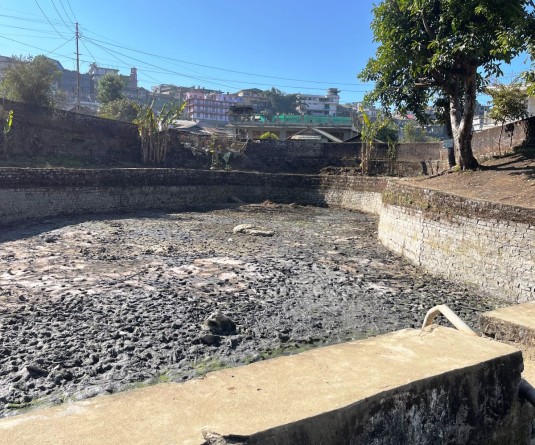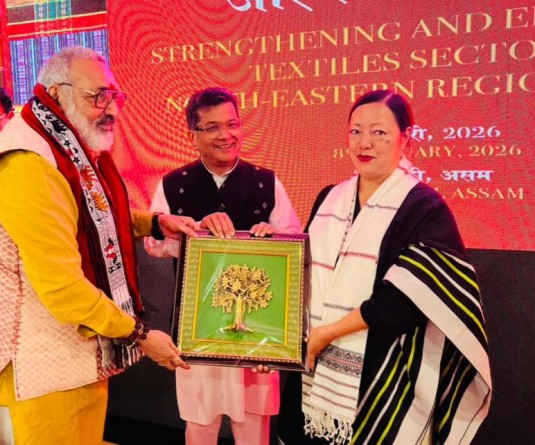
DIMAPUR, AUGUST 20 (MExN): Emeritus Prof Paul Pimomo, Central Washington University, USA, and Secretary of the Global Naga Forum (GNF) has said that while Nagas are a people and a nation in social anthropological terms, “the reality is that Nagas have not lived through a Nation together, despite the fact that the Naga Nation as a hopeful vision has inspired and fired up generations of our people.”
“But Naga are not there yet. Not because we don’t have the right to be, but because our right has been effectively suppressed,” he stated in a commemoration of the 77th anniversary of the declaration of Naga independence.
“Nagas are all over the place and headed in all directions when it comes to what the Naga Nation would look like, which means Nagas are not heading toward nationhood despite our long engagement with nationalism, which further means that Nagas as a people may be speeding down a Lost People’s Road. Now, that is an extremely good reason for Nagas to have a Summit – real or metaphorical -- on the Vision of a Unified Naga Nation,” he stated.
He observed that first, the Naga idea of a Nation was the Westphalian Nation-State model, because of colonial history with the British Empire. The second model, he stated, has an indigenous origination. The third model of the Naga Nation, he noted, was based in safeguarding Naga cultural autonomy with the possibility of integration of the ancestral Naga lands within India, which meant handing over political, economic, and military control of the Naga homeland to the Indian government.
This, he said, is has resulted in three things: a) turned Nagas into complete economic dependents of India; b) instead of the promised integration, it separated Nagas into four states in India; and (c) converted the Naga ancestral lands into a militarized zone under the control of the Armed Forces Special Powers Act (AFSPA).
Meanwhile, Pimomo said that there are currently two reformed models of the Naga Nation—one centers around integration of the Naga ancestral lands into one self-administered state within one of the existing nation-states, whichever can guarantee that; and the other which is a revival of the Naga cultural autonomy approach to Naga peoplehood, but cultural autonomy not just within each of the Indian states where Nagas presently live, but across state and national borders in India and Myanmar, including Nagas living in other parts of the world.
He stated that after 76 years of “Naga nationalism without a Naga Nation,” the Nagas urgently need a consultation summit on what may be a possible, doable, pragmatic vision of a Naga Nation that most Nagas can unite for.






